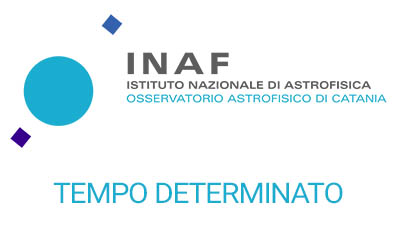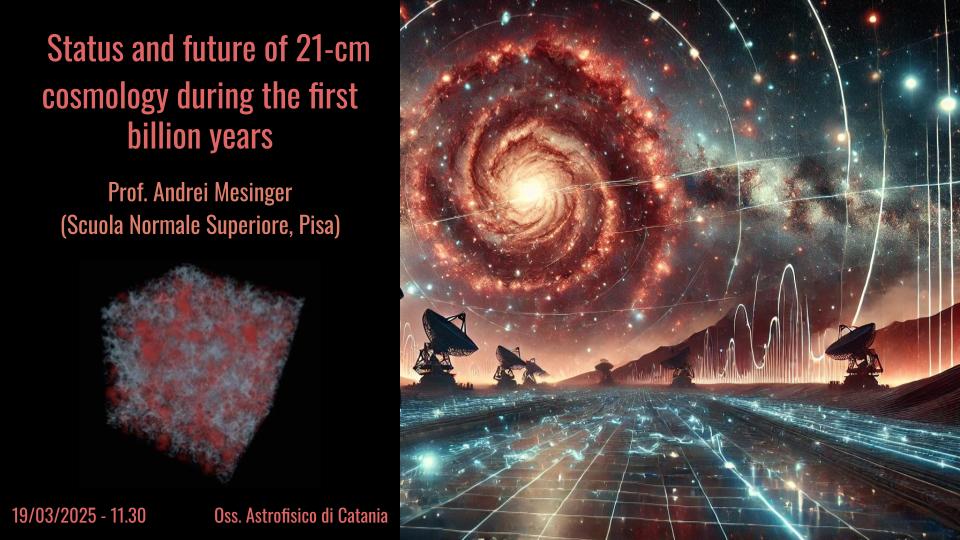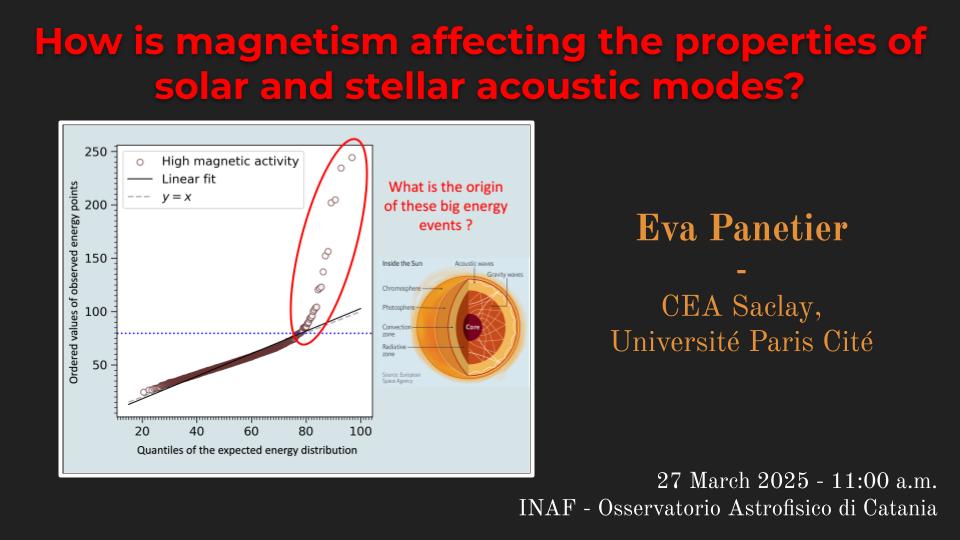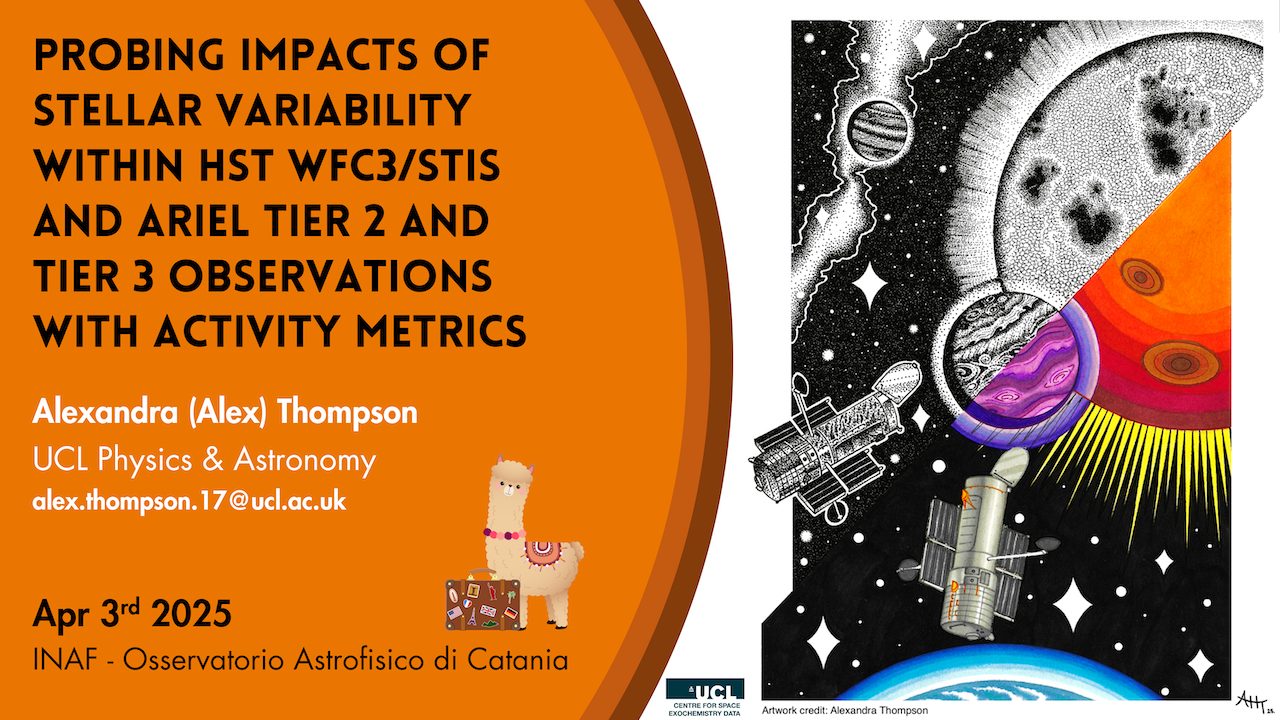Ad oggi, ci sono in orbita circa 10.000 satelliti operativi (e non meno di 3.000 per così dire “defunti”). Offrono servizi di grande utilità per migliorare la qualità della nostra vita, ma occorre considerare le conseguenze della crescita esplosiva nel loro numero. Benché operino nello spazio, i satelliti hanno infatti un impatto non trascurabile sulla vita e sulle attività che si svolgono sulla Terra e sulla qualità della nostra atmosfera. Lo spazio è parte integrante dell’ecosistema terrestre e prima ce ne renderemo conto meglio sarà.
Calendario di Eventi
|
L
Lun
|
M
Mar
|
M
Mer
|
G
Gio
|
V
Ven
|
S
Sab
|
D
Dom
|
|---|---|---|---|---|---|---|
|
0 eventi,
|
0 eventi,
|
0 eventi,
|
0 eventi,
|
0 eventi,
|
0 eventi,
|
0 eventi,
|
|
0 eventi,
|
1 evento,
|
0 eventi,
|
0 eventi,
|
0 eventi,
|
0 eventi,
|
0 eventi,
|
|
0 eventi,
|
0 eventi,
|
0 eventi,
|
0 eventi,
|
1 evento,
Concorso pubblico, per titoli ed esame, ai fini del reclutamento di una unità di personale con il profilo di "Ricercatore", Terzo Livello Professionale, con contratto di lavoro a tempo determinato e regime di impegno a tempo pieno, della durata di due anni, eventualmente prorogabile, dal titolo “Data analysis of the solar atmosphere where Space Weather […] |
||
|
2 eventi,
The 21-cm hyperfine line of neutral hydrogen is set to revolutionize studies of the first billion years, spanning the cosmic dawn of the first stars and eventual reionization of our Universe. I will discuss the potential of this probe in learning about the unknown astrophysics of the first galaxies as well as physical cosmology. Current upper limits on the cosmic 21-cm power spectrum already provide new insights into the heating of the intergalactic medium, and the X-ray sources in the first galaxies. I will discuss the upcoming steps, including the main challenges, that will eventually lead to the Nobel prize-worthy 3D map of half of our observable Universe with the Square Kilometer Array (SKA) telescope. |
||||||
|
2 eventi,
-
Outside of solar neutrinos, the only way to directly probing solar and stellar interiors is to use seismic techniques, i.e. studying the waves propagating inside them. In the case of the Sun, acoustic waves are excited by turbulent motion in the convective envelope, and propagate towards the interior, creating a variety of standing pressure modes (p modes). By investigating how small perturbations influence the modes parameters, it is possible to probe the structural and dynamical properties of the star such as internal rotation and mixing, chemical composition, density, convection zone depth, etc. In the stellar case, asteroseismology allows the inference of the stellar fundamental parameters such as mass, radius, and age. Although, solar p-modes frequency, amplitude, and energy vary in relation with the solar magnetic cycle and similar variations were observed for other magnetically active solar-type stars, such a variability is often overlooked in stellar modelling. In the context of the preparation of the PLATO mission, whose aim is to characterize Earth-like planets orbiting solar-like stars in part thanks to asteroseismology, we need to better understand the relation between magnetic variations and modes parameters. In this seminar, I will focus on the excitation of the solar p modes using the last 28 years of data from the SoHO/GOLF instrument, with a method gathering a better temporal resolution compared to classical approaches. In this framework, I was able to perform a statistical study of the energy of the modes. Summing the energy of all studied modes, I will demonstrate that there is a discrepancy between the observed excitation rate and the expected rate under the hypothesis of excitation driven entirely by turbulent convection. I will discuss the link between this discrepancy and surface magnetism effects such as flares and coronal mass ejection. In conclusion, I will explain how a better understanding of the relation between the dynamo mechanism and modes properties variation across time would allow us to improve the constraint we have on stellar dynamics and obtained refined stellar fundamental parameters. |
||||||
|
2 eventi,
-
Stellar activity produces two main diagnostics within low-resolution exoplanet transmission spectra. Its highly chromatic nature imparts trends in the underlying spectrum that become most noticeable at shorter wavelengths due to the increased contrast between the flux from the active regions (i.e. spots and/or faculae) and the quiet photosphere. The second characteristic is that activity is inherently time-variable, predominantly modulated by stellar rotation as active regions rotate into and out of view but also with contributions from longer timescales of evolution/decay and even long-term activity cycles e.g. maxima and minima (although certain configurations e.g. polar spots and active latitudes will be more resistant to this). This variability can reveal itself through subsequent observations of the system and is both useful and challenging; it can further help us to identify and constrain potential contamination but also means that observations at different epochs may require individual corrections before they can robustly be combined and analysed together which will become increasingly difficult for smaller planets as the SNR of each visit progressively decreases. In this seminar I will present how both diagnostics have been used with archival HST WFC3 and STIS datasets to create two new activity metrics that are highly complementary to existing indicators. I will also show preliminary results surrounding how this work is being extended to Tier 2 and Tier 3 Ariel simulations to explore how stellar variability will impact our ability to stack visits to obtain the required SNR for these tiers. |




